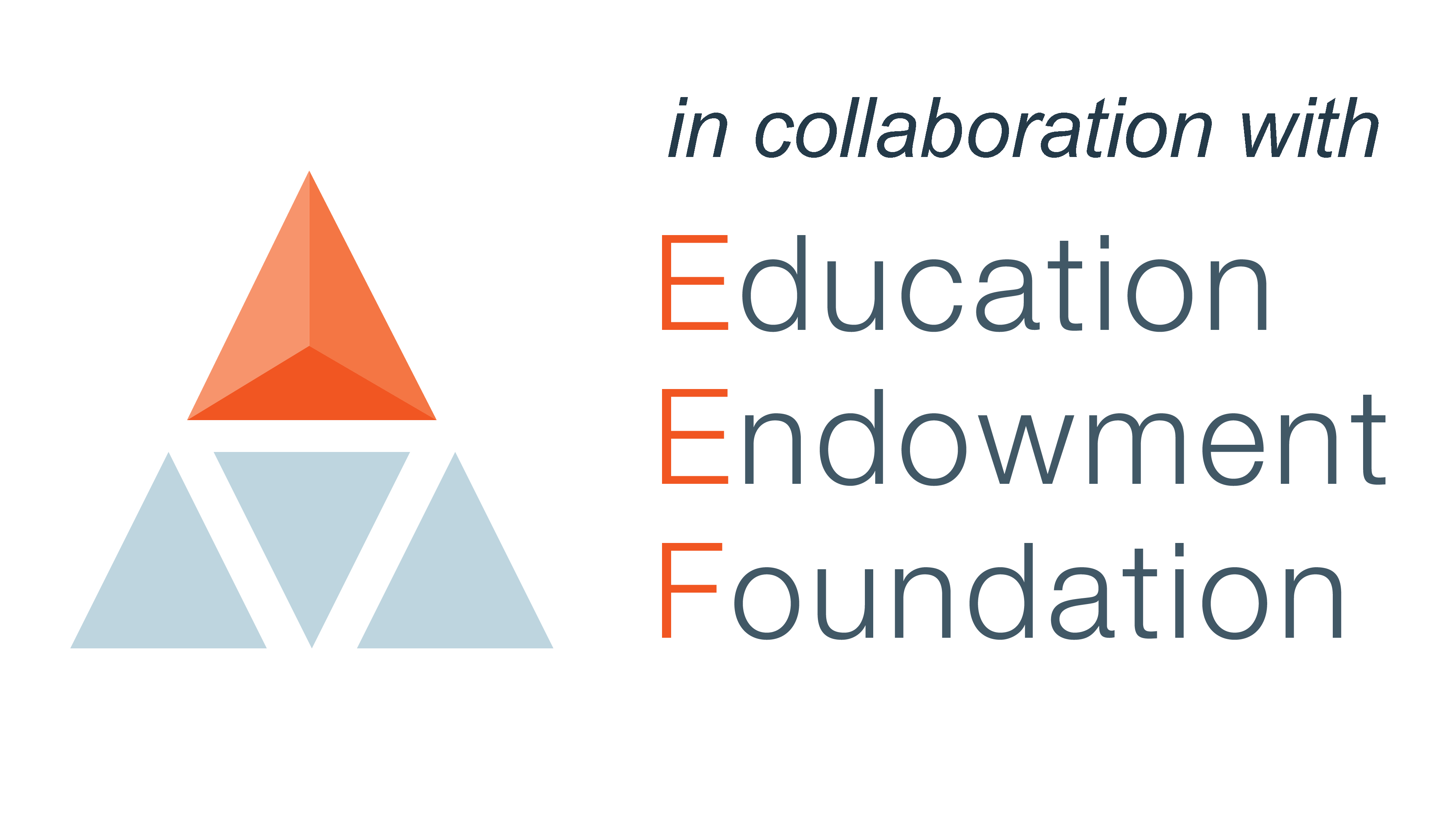What is spaced learning?
Spaced learning - also known as distributed practice - is an approach designed to improve retention of information by getting the brain to return to, review and consolidate information over extended periods.
This means that the teaching of a new skill or concept happens at intervals, spaced apart to encourage children to recall what they’ve learned and commit it to long-term memory. This is in contrast to traditional “massed” or “clustered” practice, in which pupils cover new learning in a single lesson, or where revision focuses only on one subject topic in a single block of time.
Advocates of spaced learning argue that it improves both memory and understanding, as the brain is able to consolidate information through repetition. It involves thinking about ideas in different ways at different times and making connections between different concepts.
How does it work in the classroom?
Cognitive psychology expert Megan Smith spoke to Tes to offer key approaches for introducing spaced learning into the classroom, including:
- Helping students to understand how spaced learning works and to plan their study schedule across the year for maximum benefit.
- Revisiting old topics alongside new ones in class to encourage interleaving, in which students explore the similarities and differences between ideas.
- Giving frequent low-stakes quizzes with questions taken from old and new material, to enable students to engage in retrieval practice and to encourage them to keep studying previously explored topics.
- Setting homework assignments that revisit old topics to space out learning and allow the students time to practise what they know independently.
Dr Kirstin Mulholland, a lecturer in education at Northumbria University, told Tes that planning lots of short sessions over a long period can be powerful, particularly for teaching concepts like telling the time in maths.
She explained that long-term learning for this could be improved if practice is broken down into “short, 10-minute sessions over a number of days and weeks, rather than spending a few days looking at this intensively and then only revisiting this when children come to look at the concept of time again, 12 months later”.
Further reading:
- How to use spaced practice to make learning stick
- The benefits of spaced practice in the classroom: four tips for teachers
- How ‘spaced practice’ boosts pupil recall
- Distributed practice: is it really effective?
- Cognitive science approaches in the classroom: a review of the evidence (summary)
- Cognitive science in the classroom: evidence and practice review
The Education Endowment Foundation (EEF) is an independent charity dedicated to breaking the link between family income and educational achievement.
To achieve this, it summarises the best available evidence for teachers; its Teaching and Learning Toolkit, for example, is used by 70 per cent of secondary schools.
The charity also generates new evidence of “what works” to improve teaching and learning, by funding independent evaluations of high-potential projects, and supports teachers and senior leaders to use the evidence to achieve the maximum possible benefit for young people.





